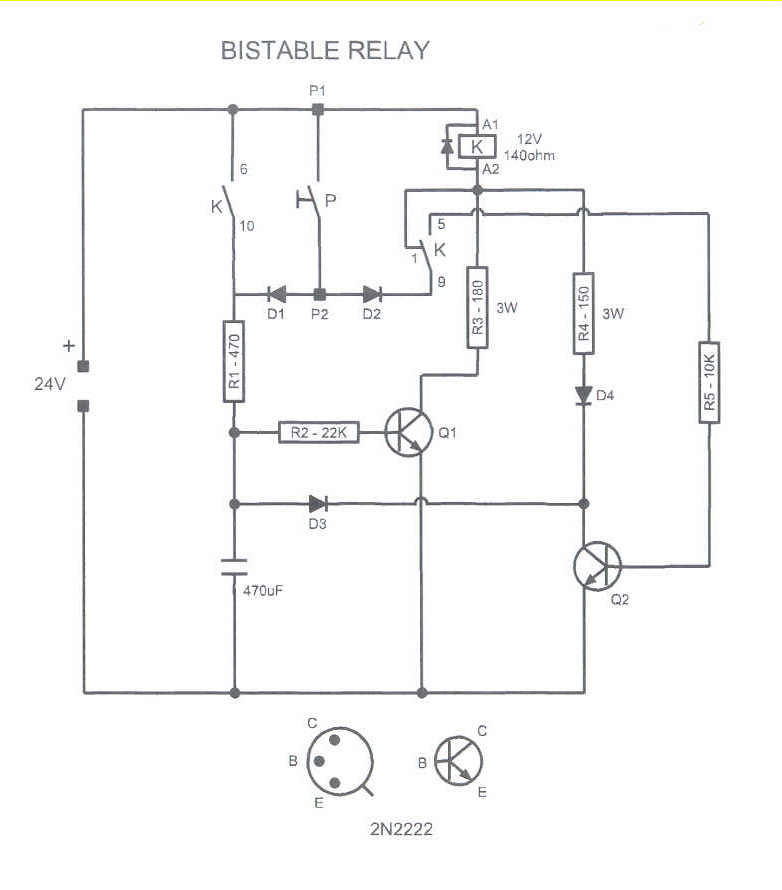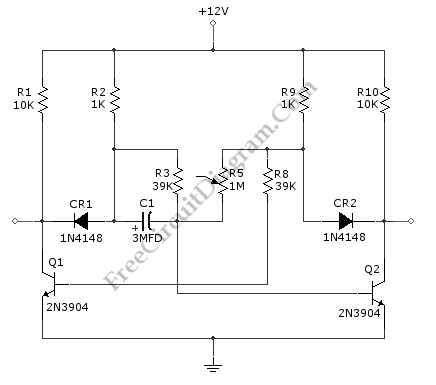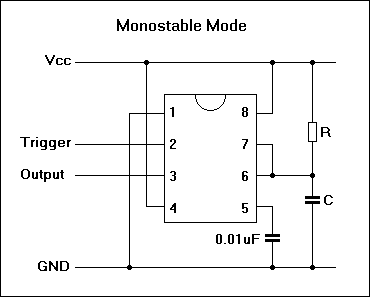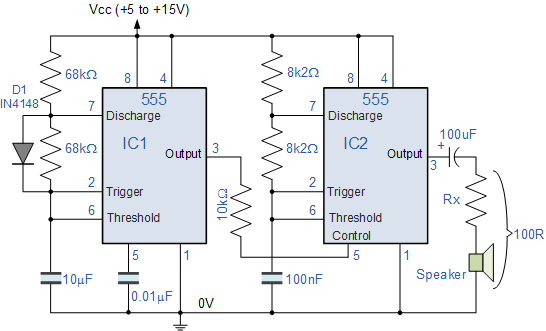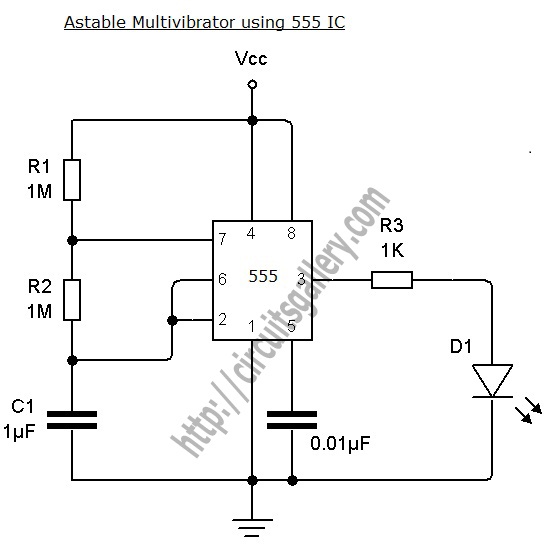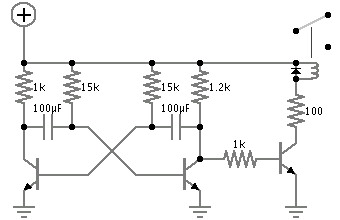
Astable and Monostable Multivibrators
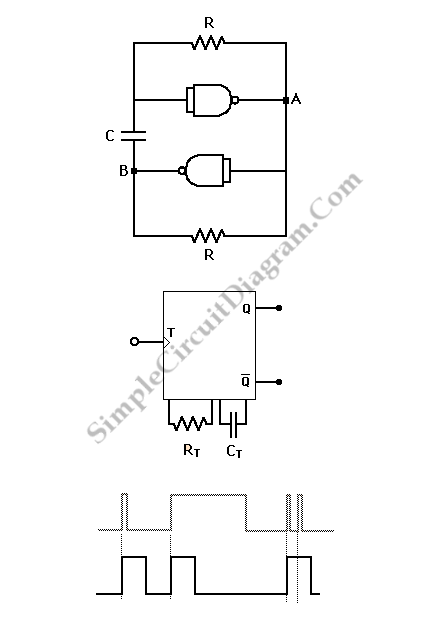
Multivibrators are two-state devices that are extensively used in digital electronics. Bistable multivibrators, also known as flip-flops, serve as fundamental memory elements.
Multivibrators can be categorized into three primary types: astable, monostable, and bistable. Each type has distinct operational characteristics and applications within digital circuits.
Bistable multivibrators, or flip-flops, are crucial for data storage and transfer in digital systems. They maintain one of two stable states until an external trigger causes them to switch states. The most common types of flip-flops include SR (Set-Reset), JK, D (Data), and T (Toggle) flip-flops.
In an SR flip-flop, two inputs, Set (S) and Reset (R), control the output states. When the Set input is activated, the output Q becomes high, while the Reset input sets Q low. The JK flip-flop enhances the functionality of the SR flip-flop by allowing both inputs to toggle the output state based on the clock signal. The D flip-flop captures the value of the D input at a specific clock edge, providing a simple mechanism for data storage. The T flip-flop toggles its output state with each clock pulse, making it ideal for frequency division applications.
The implementation of these flip-flops is typically achieved using various logic gates, such as NAND or NOR gates, to construct the desired behavior. The choice of gate type influences the propagation delay, power consumption, and overall performance of the multivibrator.
In summary, multivibrators are integral components in digital electronics, with bistable multivibrators playing a pivotal role in memory and data handling applications. Their ability to maintain stable states and respond to input signals makes them essential in designing sequential circuits, counters, registers, and memory devices.Multivibrators is two state devices which is used extensively in digital electronics. The bistable multivibrators or called filp-flop are the basic memory.. 🔗 External reference
Multivibrators can be categorized into three primary types: astable, monostable, and bistable. Each type has distinct operational characteristics and applications within digital circuits.
Bistable multivibrators, or flip-flops, are crucial for data storage and transfer in digital systems. They maintain one of two stable states until an external trigger causes them to switch states. The most common types of flip-flops include SR (Set-Reset), JK, D (Data), and T (Toggle) flip-flops.
In an SR flip-flop, two inputs, Set (S) and Reset (R), control the output states. When the Set input is activated, the output Q becomes high, while the Reset input sets Q low. The JK flip-flop enhances the functionality of the SR flip-flop by allowing both inputs to toggle the output state based on the clock signal. The D flip-flop captures the value of the D input at a specific clock edge, providing a simple mechanism for data storage. The T flip-flop toggles its output state with each clock pulse, making it ideal for frequency division applications.
The implementation of these flip-flops is typically achieved using various logic gates, such as NAND or NOR gates, to construct the desired behavior. The choice of gate type influences the propagation delay, power consumption, and overall performance of the multivibrator.
In summary, multivibrators are integral components in digital electronics, with bistable multivibrators playing a pivotal role in memory and data handling applications. Their ability to maintain stable states and respond to input signals makes them essential in designing sequential circuits, counters, registers, and memory devices.Multivibrators is two state devices which is used extensively in digital electronics. The bistable multivibrators or called filp-flop are the basic memory.. 🔗 External reference
